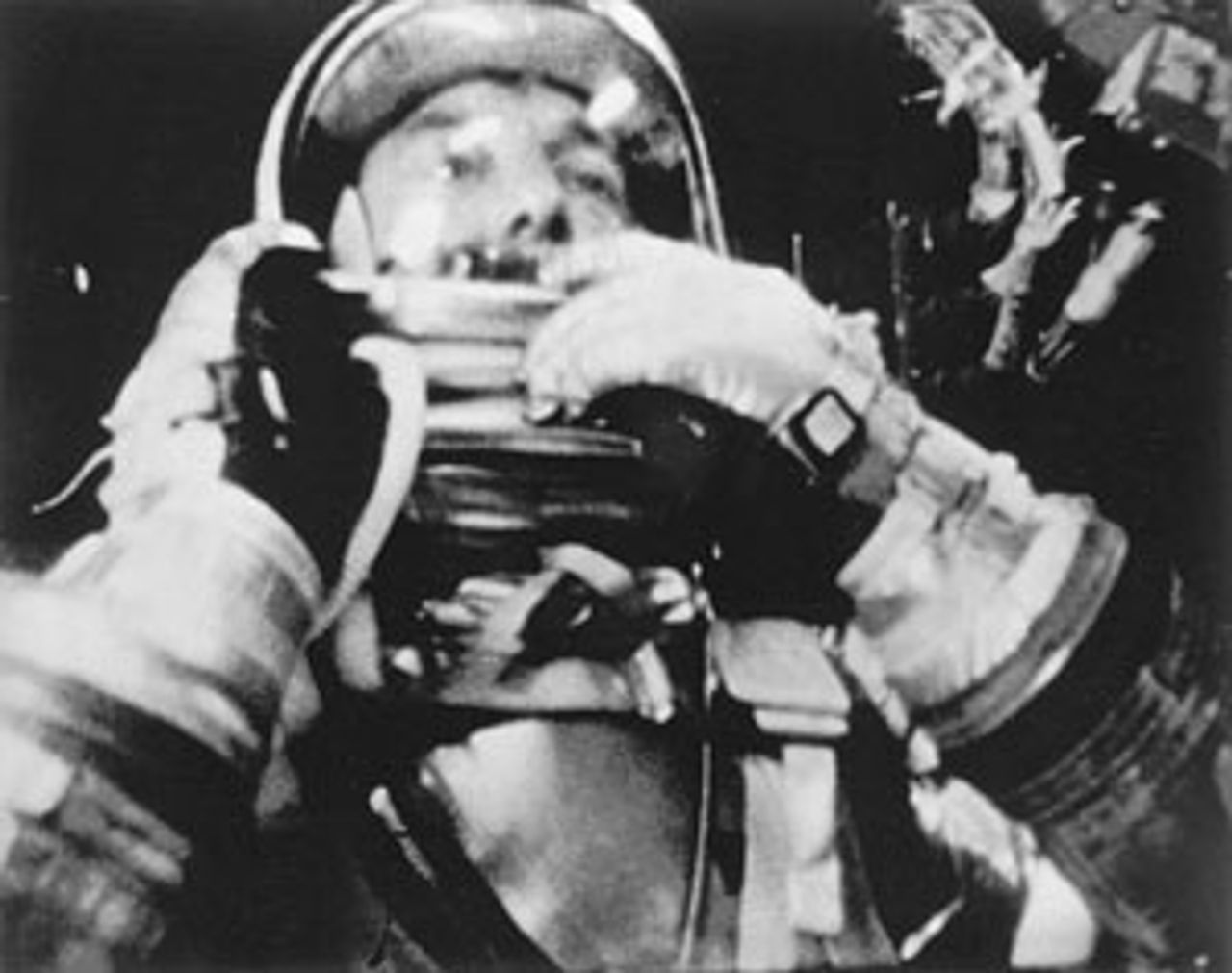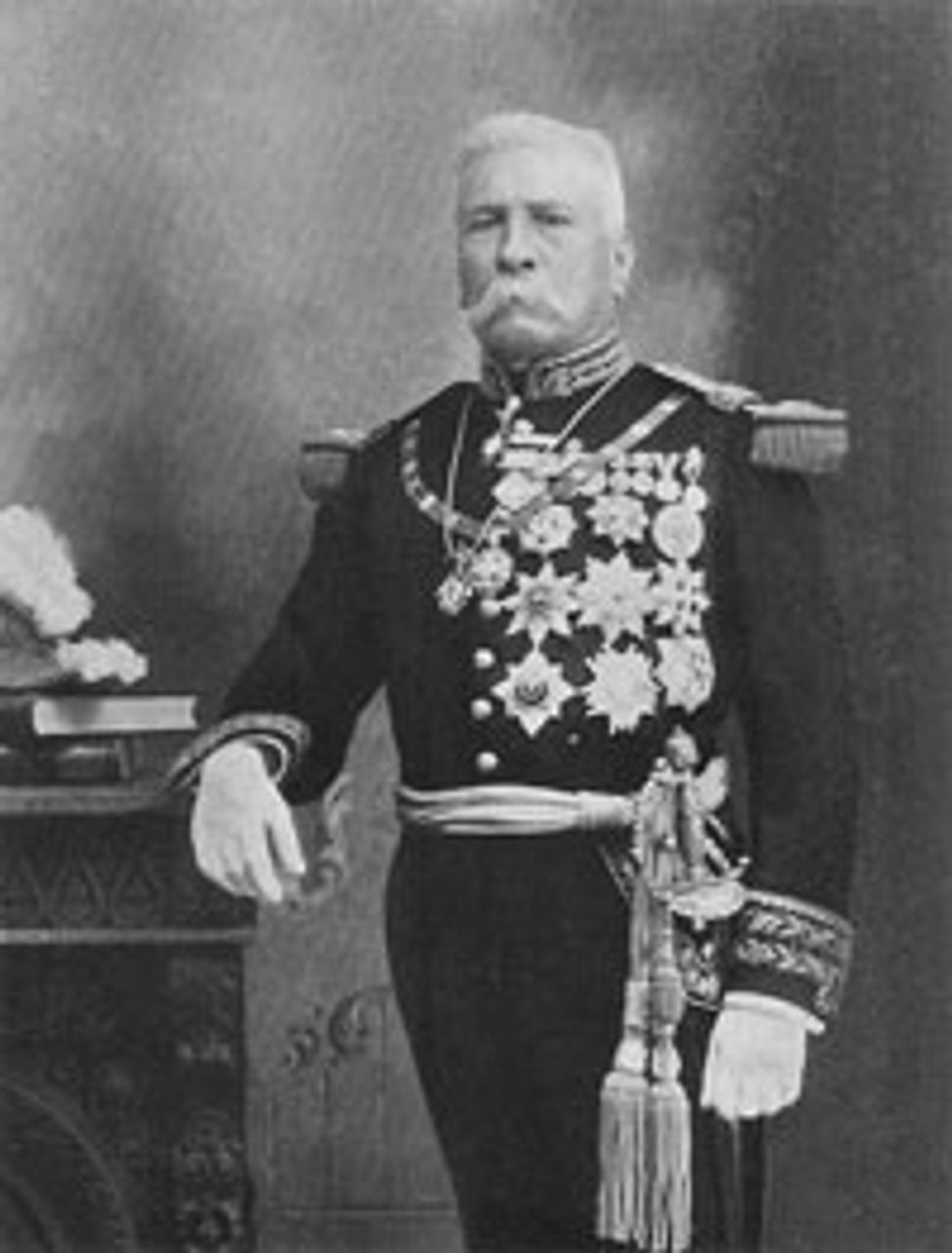This Week in History provides brief synopses of important historical events whose anniversaries fall this week.
25 Years Ago | 50 Years Ago | 75 Years Ago | 100 Years Ago
25 years ago: Aquino embraces Philippine military
 Corazon Aquino in 1986
Corazon Aquino in 1986In a tour of the southern Philippine islands of Cebu and Mindanao this week in 1986, new president Corazon Aquino announced her support for stepped-up war against Maoist insurgents and asserted her support for an amnesty for crimes committed by the nation’s military during the long dictatorship of Ferdinand Marcos (1965-1986), which had ended months earlier.
Aquino declared she would “forgive and forget” the military’s crimes—the thousands of killings, kidnappings, and cases of torture—including the assassination of her own husband, Benigno Aquino. “Before, when we were in the opposition, the military was our enemy,” she said. “But it is different now.”
The move to step up action against the New People’s Army (NPA) came in response to back-channel criticism from the Reagan administration that the guerrillas had gained ground since the ending of the Marcos regime. In response, Aquino dropped the pacifist pretensions of the “People Power revolution” and demanded that the NPA accept a ceasefire entirely on Manila’s terms—a position no different than that of Marcos. Failing this, “the government will embark on the contrary course of war from which there will be no return except in victory,” she said.
Aquino also backpedaled on promises to include members of the Philippine Communist Party and the NPA in a committee to draft a new constitution. On May 24, 1986, she announced a constitutional committee comprised of clerics, professionals, and pro-Marcos politicians.
50 years ago: Kennedy outlines military, space buildup
 US astronaut Alan Shepard became the second man
US astronaut Alan Shepard became the second manin space on May 5, 1961
In a nationally-televised address to Congress, US President John F. Kennedy on May 26, 1961 outlined a program for massive increases in spending related to space exploration and the military in an agenda he dubbed the Freedom Doctrine.
Weeks after the Soviets had successfully sent the first man into space, Kennedy gave pride of place to space exploration. The US should “take a clearly leading role in space achievement,” which may “hold the key to our future on earth,” the president said, calling for a staggering $40 billion to beat the Soviet Union to the moon.
Kennedy also requested $4.535 billion for foreign aid to counter “the growing threats to freedom around the world”—i.e., revolutionary movements that threatened the interests of American imperialism—as well as $160 million in additional spending to strengthen Army and Marine Corps combat units, and $312 million to expand and improve the national nuclear fallout shelter network. Kennedy insisted that the increases in space and military spending should not detract from social demands, a policy that came to be known as “guns and butter.” The same day as his speech the Senate passed a $2.55 billion school aid bill.
The maintenance of US global hegemony was the clear and overriding concern of the administration. Returning two days earlier from a two-week tour of Asia, Vice President Lyndon Johnson said that the Kennedy administration would request an additional $100 million in economic and military aid for South Vietnam, Thailand, and Pakistan. Asked if US soldiers would be deployed in Southeast Asia, Johnson refused to rule it out. “I would not want to forever foreclose the possibility of America protecting her interests wherever it might be,” he said.
75 years ago: Workers strike Remington Rand in New York
 A 1939 Remington-Rand typewriter
A 1939 Remington-Rand typewriterWorkers at Remington Rand typewriter factories in the New York cities of Ilion, Syracuse, and Tonawanda walked off their jobs on May 25, 1936. They were followed the next day by Remington Rand workers in Ohio and Connecticut. In all about 6,000 workers were involved.
In 1934, skilled workers at Remington Rand typewriter factories in New York and Ohio organised themselves as the District Council of Office Equipment Workers, a federal union affiliated with the Metal Trades Department of the American Federation of Labor (AFL). Remington Rand President James Rand, Jr. initially refused to recognize the union but was forced to concede after a brief strike by employees in May 1934.
Two years later Remington promoted rumors that it was being bought out by a company that would not recognize the union. These lies were intended to provoke a reaction from workers and then to physically break their union with the assistance of private security guards. When Remington refused to give any further information on closures, the union threatened to call a strike. By now well prepared, Remington management responded by firing the presidents of the local unions in Tonawanda and Syracuse together with 15 other union activists. Infuriated workers at plants in Ilion, Syracuse and Tonawanda walked off their jobs on May 25 and were soon followed by workers at plants in Ohio and Connecticut.
A long and violent struggle ensued with Remington Rand management employing what the June 1936 issue of the National Association of Manufacturers Labor Relations Bulletin promoted as the “Mohawk Valley formula,” a blueprint for union-busting. The government’s National Labor Relations Board called it “a battle plan for industrial war.” The nine-point plan, devised by Rand himself, called for strikebreaking to discredit the trade union leaders; campaigns to stampede public opinion with threats of lawlessness and violence; the utilization of local police forces, security agencies and vigilantes to intimidate striking workers; the formation of puppet associations of “loyal employees” and “citizen committees” to influence public debate; the transformation of workplaces into fortresses; the employment of large numbers of scab labor; and threats to close production facilities until work is resumed.
The strike exhibited the susceptibility of trade unionism to vicious employer campaigns, even after the passage of the Wagner Act in 1935. The strike continued for two years before workers returned with assurances that union members would not be fired. However, Rand’s flagrant violation of National Labor Relations Board (NLRB) rulings continued until 1940.
100 years ago: Porfirio Diaz resigns in Mexico
 Porfirio Diaz
Porfirio DiazOn May 15, 1911, Porfirio Diaz, the longtime ruler of Mexico, submitted his resignation. Driven from power by the Mexican Revolution, within one week he fled to France where he would die in 1915.
Diaz’s resignation after 35 years in power came as the revolution began to draw into struggle wider layers of the population, including miners and factory workers in the northern and middle section of the country and landless peasants in the south. As the social component of the revolution emerged and government forces crumbled, Diaz came under pressure from ruling layers to work out a deal with the official leader of the opposition, Francisco Madero.
In return for the departure of Diaz, Madero agreed to call on his supporters to lay down their arms, to recognize the federal military as the sole legitimate armed force, and to leave intact the entire personnel of the state, even those accused of executing revolutionaries. In other words, the only change in the state was to be the substitution of Madero for Diaz. Neither the oppressed masses nor the most reactionary elements of the elite would be satisfied with this deal.
The long rule of Diaz, known as the Porfiriato, had seen vast changes in Mexico. When Diaz ascended to the presidency in 1876, Mexico was relatively isolated from the world; there were virtually no railroads, no telegraph system, and, outside of mining, little modern industrial production. By 1910, Mexico City lay at the center of a large national rail and telegraph network, factory production—while limited—had emerged, and major industries, especially petroleum, had drawn Mexico firmly into the orbit of the world economy.
